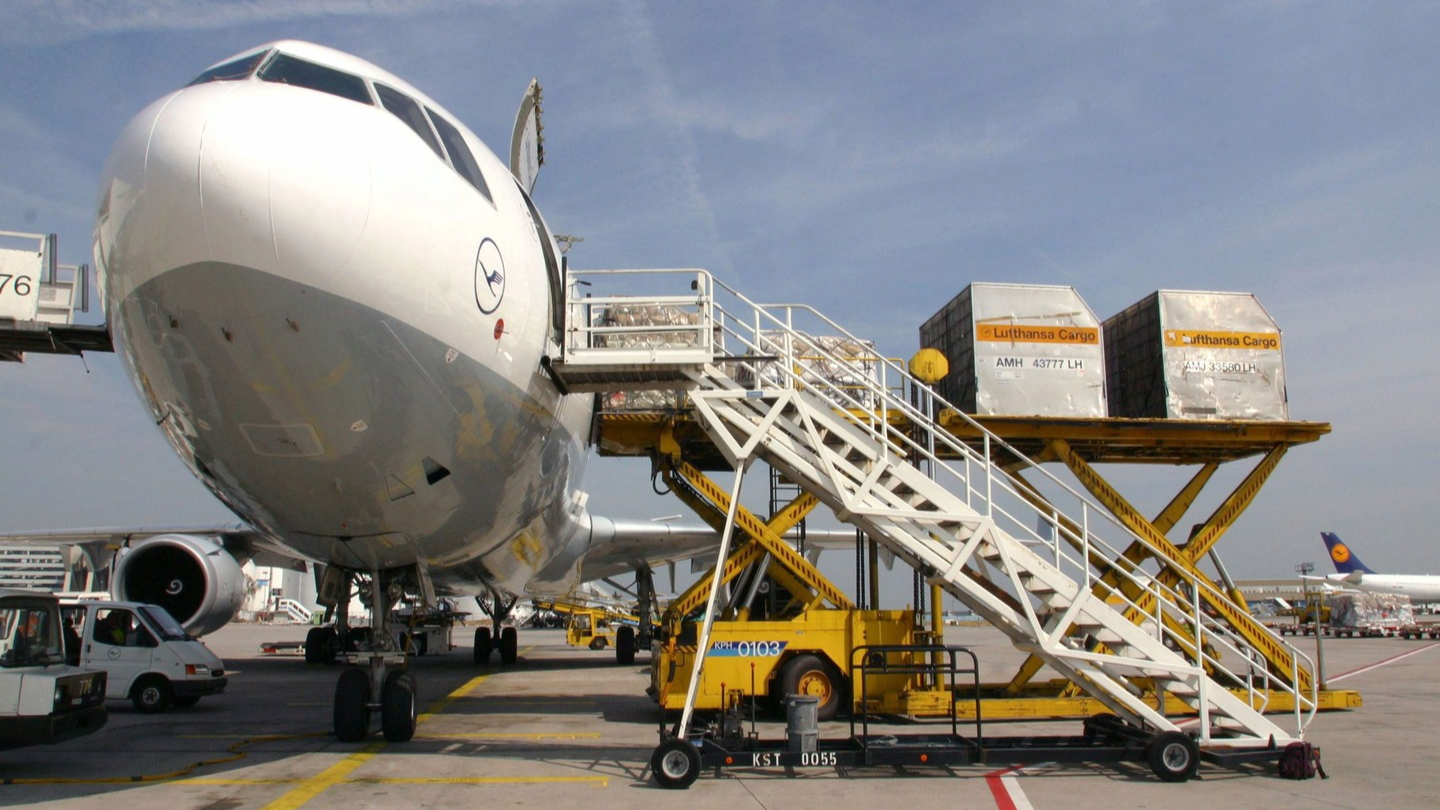
IATA reports global air cargo demand rose in October
The International Air Transport Association (IATA) launched information for October 2024 global air cargo markets exhibiting persevering with sturdy annual development in demand.
Total demand, measured in cargo tonne-kilometers (CTKs), rose by 9.8 p.c in comparison with October 2023 ranges (10.3 p.c for worldwide operations) for a fifteenth consecutive month of development.
Capacity, measured in obtainable cargo tonne-kilometers (ACTKs), elevated by 5.9 p.c in comparison with October 2023 (7.2 p.c for worldwide operations).
Increased capability was principally pushed by an 8.5 p.c improve in worldwide stomach capability.
Likewise, devoted freighter capability elevated by 5.6 p.c, marking the seventh consecutive month of development with volumes nearing 2021 peak ranges.
According to IATA director-general Willie Walsh: “Air cargo markets continued their strong performance in October, with demand rising 9.8 percent year-on-year and capacity up 5.9 percent. Global air cargo yields (including surcharges) continue to rise, up 10.6 percent on 2023 and 49 percent on 2019 levels. While 2024 is shaping up to be a banner year for air cargo, we must look to 2025 with some caution. The incoming Trump Administration’s announced intention to impose significant tariffs on its top trading partners, Canada, China and Mexico has the potential to upend global supply chains and undermine consumer confidence. The air cargo industry’s proven adaptability to rapidly evolving geopolitical and economic situations is likely to be tested as the Trump agenda unfolds.”
What must be thought-about transferring ahead?
Several components in the working surroundings needs to be famous:
- Year-on-year, industrial manufacturing rose 1.6 p.c in September whereas global items commerce elevated 2.4 p.c for a sixth consecutive month of development. The improve in commerce is partly attributable to companies stockpiling stock forward of potential disruptions, just like the US port strike.
- Global manufacturing exercise rebounded in October. The Purchasing Managers Index (PMI) for global manufacturing output was above the 50-mark, indicating development. However, the PMI for brand spanking new export orders remained beneath the 50-mark, suggesting ongoing uncertainty and weak point in global commerce.
- US headline inflation, primarily based on the annual Consumer Price Index (CPI), rose by 0.17 share factors to 2.58 p.c in October, ending a six-month decline. In the identical month, the inflation charge in the EU elevated by 0.24 share factors to 2.33 p.c. China’s shopper inflation fell to 0.29 p.c in October, sparking considerations of an financial slowdown.
Performance per area
Asia-Pacific airways noticed 13.4% year-on-year demand development for air cargo in October. Capacity elevated by 9.3% year-on-year.
North American carriers noticed 9.5% year-on-year demand development for air cargo in October. Capacity elevated by 5.8% year-on-year.
European carriers noticed 7.6% year-on-year demand development for air cargo in October. Capacity elevated 3.9% year-on-year.
Middle Eastern carriers noticed 4.5% year-on-year demand development for air cargo in October. Capacity elevated 0.8% year-on-year.
Latin American carriers noticed 18.5% year-on-year demand development for air cargo in October, the strongest development among the many areas. Capacity elevated 5.8% year-on-year.
African airways noticed 1.6% year-on-year demand development for air cargo in October, the slowest amongst areas. Capacity elevated by 7.7% year-on-year.
Trade Lane Growth: International routes skilled distinctive visitors ranges for the fifth consecutive month with a ten.3% year-on-year improve in October. Airlines are benefiting from rising e-commerce demand in the US and Europe amid ongoing capability limits in ocean transport.

